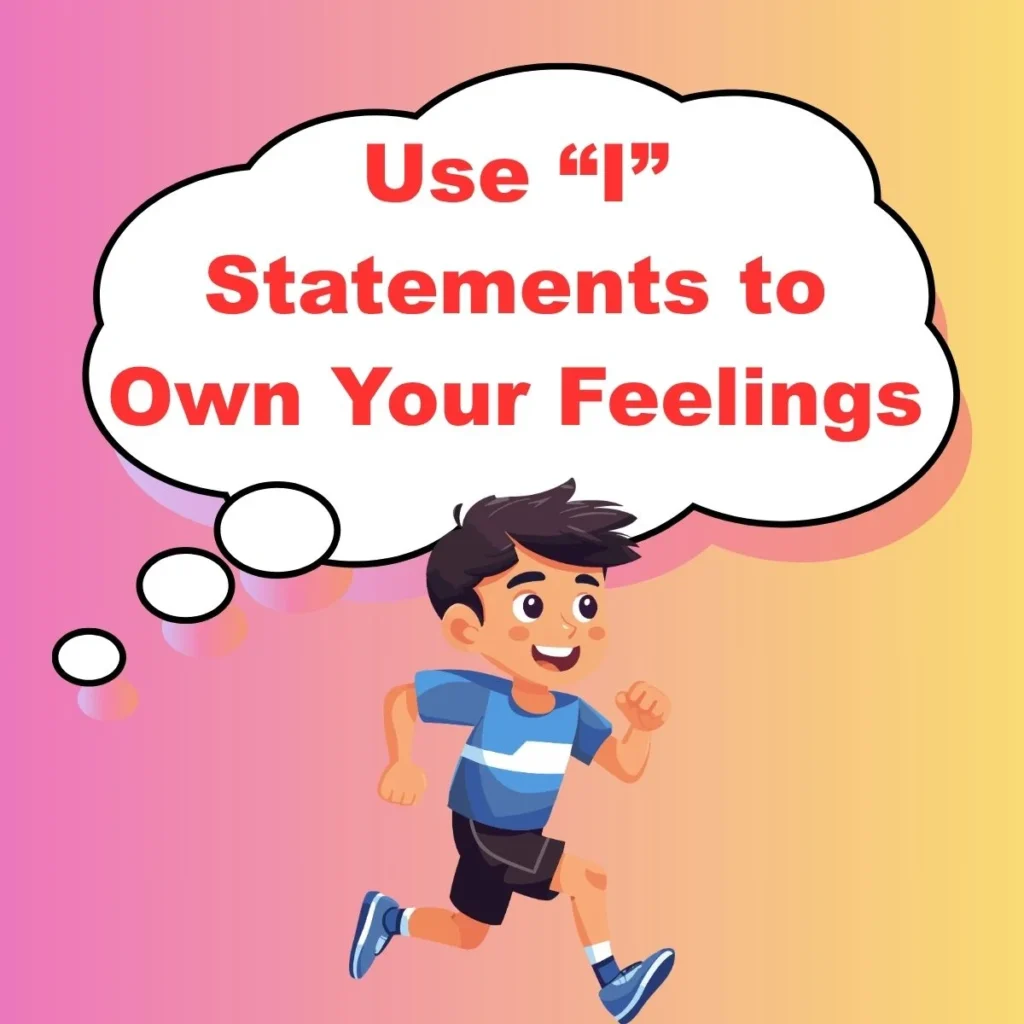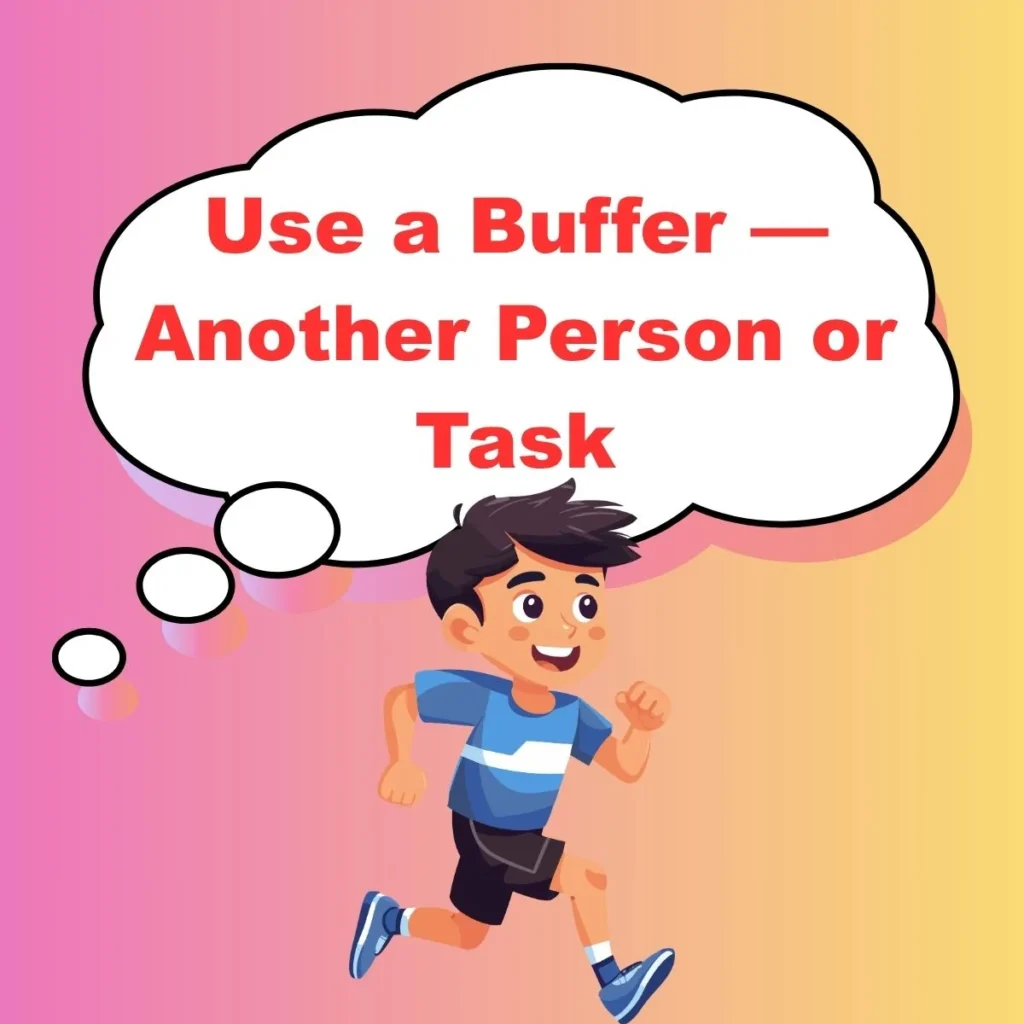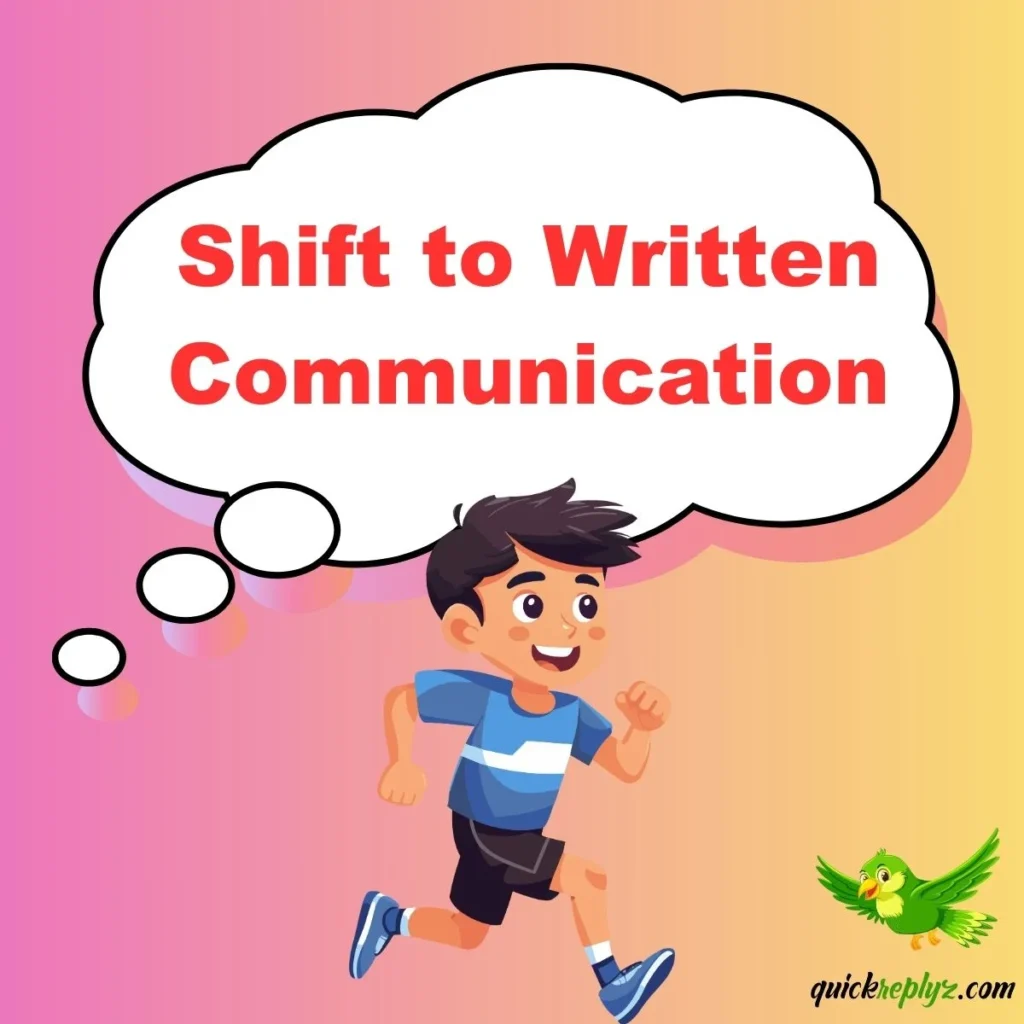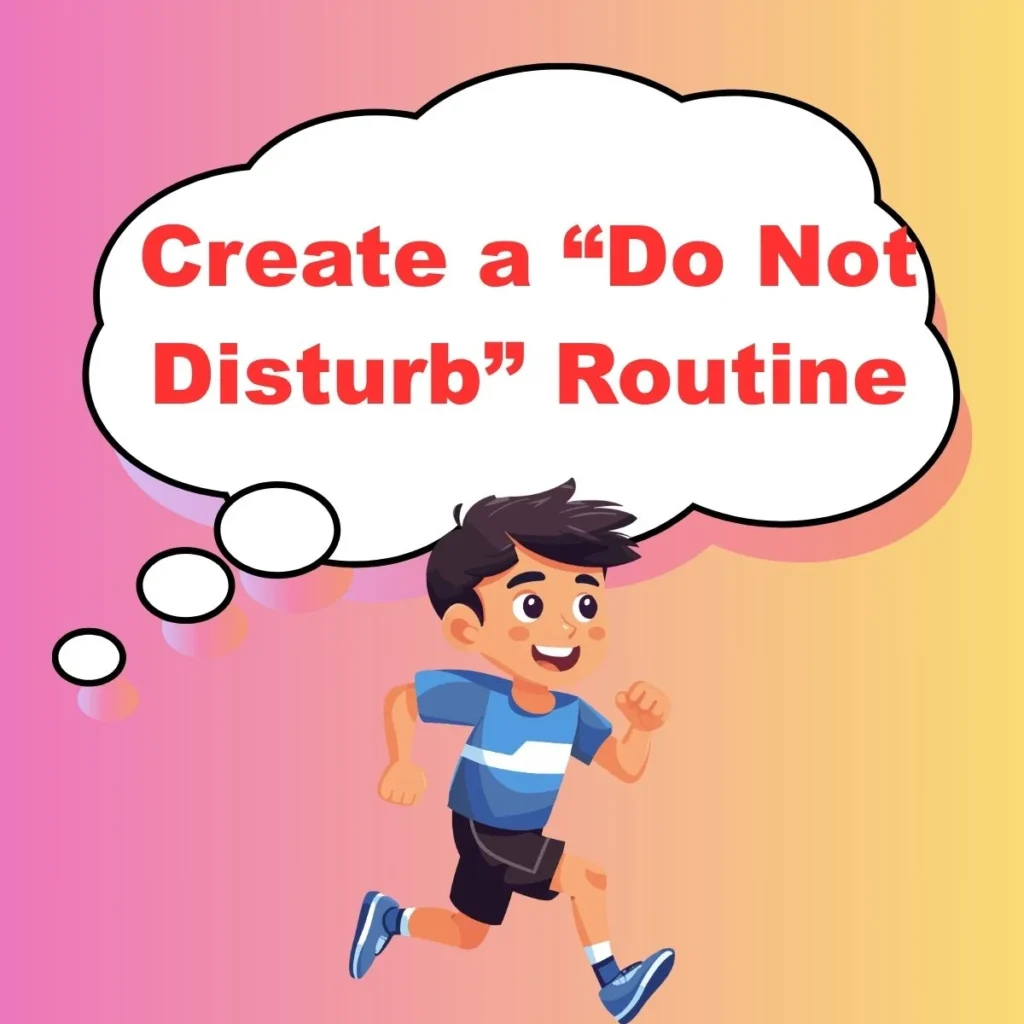In a world that values constant connection, it’s often hard to find a moment of peace. But protecting your mental and emotional energy is not selfish — it’s essential for well-being. This guide on “30 Ways to Politely Ask Someone to Leave You Alone” helps you express your boundaries gracefully and effectively.
Whether it’s a nosy neighbour, a clingy coworker, or a persistent friend, these polite strategies let you maintain respect while reclaiming your personal space.
Use these approaches to communicate with clarity, empathy, and kindness — all while staying true to yourself.
Another or professional Ways to Say “I Just Arrived”
1. Use Humor to Lighten the Mood
2. Give an Honest but Gentle Explanation
3. Blame It on a Task or Schedule
4. Use “I” Statements to Own Your Feelings
5. Set a Physical Boundary
6. Use a Technology Excuse
7. Ask for a Rain Check
8. Use the ‘Closed Loop’ Conversation Trick
9. Reference Your Mental Health
10. Use a Buffer — Another Person or Task
11. Change the Subject to Signal Disengagement
12. Say You’re Practicing Mindfulness or Silence
13. Use a Time Limit
14. Use an “Out-of-Office” Mentality
15. Use Direct But Polite Language
16. Use Polite Distance via Text
17. Tell Them You’re Practicing Boundaries
18. Use a Safe Word or Signal in Relationships
19. Mention That You’re Mentally Checked Out
20. Say You Need to Focus
21. Use Gentle Eye Contact and Calm Tone
22. Use the “Less Is More” Approach
23. Shift to Written Communication
24. Say You’re Recharging
25. Mention You’re Taking a Social Break
26. Create a “Do Not Disturb” Routine
27. Use the Power of Gratitude
28. Say You’re Working on Yourself
29. Create and Share a Personal Schedule
30. End With Reassurance
1. Use Humor to Lighten the Mood

Sometimes laughter is your best shield. Instead of sounding rude, a witty comment can send the message without friction. Humor helps soften difficult truths, allowing people to understand without feeling rejected.
Example: “Guess I’ve hit my social battery’s red zone — time for a solo recharge!”
Best Use: With friends or coworkers in informal settings.
2. Give an Honest but Gentle Explanation
People appreciate honesty when it’s paired with empathy. If someone’s invading your space, try calmly expressing why you need time alone — this builds respect without hurting feelings.
Example: “I’ve had a mentally draining day. I just need a little time to myself right now.”
Best Use: With close friends or empathetic colleagues.
3. Blame It on a Task or Schedule
Sometimes it’s easier to shift the focus from you to your obligations. Blaming work, errands, or routines can offer a soft exit without confrontation.
Example: “I’ve got to finish something urgent. Can we connect another time?”
Best Use: With casual acquaintances or chatty neighbors.
4. Use “I” Statements to Own Your Feelings

“I” statements keep things constructive and prevent the other person from feeling blamed. This is especially helpful during emotionally delicate moments.
Example: “I feel overwhelmed and need some time to regroup.”
Best Use: In sensitive or emotionally charged interactions.
5. Set a Physical Boundary
Physical space can be a powerful communicator. Step back slightly, cross your arms gently, or walk toward the exit while maintaining polite conversation.
Example: “I’m heading out to take a quick breather. Let’s catch up later!”
Best Use: During in-person events or group gatherings.
6. Use a Technology Excuse

Phones, emails, or pending deadlines make excellent polite exit strategies. It sounds legitimate and avoids direct confrontation.
Example: “Oops! I’ve got to respond to this work message. Let’s talk later?”
Best Use: During awkward or prolonged conversations.
7. Ask for a Rain Check
If the timing’s off but the person means well, suggest another time. It maintains goodwill while giving you breathing room.
Example: “Today’s not the best time, but let’s catch up another day?”
Best Use: For friends and recurring social situations.
8. Use the ‘Closed Loop’ Conversation Trick
Wrap up the chat with a natural ending phrase — this signals the conversation’s over without saying it outright.
Example: “Well, I’m glad we caught up. I’ll let you get back to your day too.”
Best Use: With friendly but long-winded people.
9. Reference Your Mental Health
Mental well-being is a valid reason for space. You don’t need to overshare — just express that you need a moment to recharge.
Example: “I’ve been feeling drained lately and really need a quiet evening.”
Best Use: With emotionally mature friends or partners.
10. Use a Buffer — Another Person or Task

Sometimes bringing in a third person or excuse can naturally break the flow and give you an exit.
Example: “I need to help my brother with something real quick — let’s pause here.”
Best Use: During long calls or visits at home.
11. Change the Subject to Signal Disengagement
If a person doesn’t take hints, shifting to a non-personal topic may subtly close the door on further conversation.
Example: “Have you seen the latest weather update? Anyway, I should really get back to it.”
Best Use: In small talk situations or public places.
12. Say You’re Practicing Mindfulness or Silence
Explain you’re trying to limit distractions or practice stillness. Many people will respect such personal growth goals.
Example: “I’ve started taking quiet time each evening — I’ll catch up with you tomorrow.”
Best Use: With self-aware individuals or wellness-minded friends.
13. Use a Time Limit
Tell them you only have a few minutes — it preps them for a quick ending and makes your exit smoother.
Example: “I’ve only got five minutes — just a heads-up before I head out.”
Best Use: When answering unexpected calls or drop-ins.
14. Use an “Out-of-Office” Mentality
Treat your free time like office hours. People don’t expect workers to be “on” 24/7 — use that logic in personal life.
Example: “I’m off-duty tonight — let’s reconnect tomorrow!”
Best Use: After work hours or on weekends.
15. Use Direct But Polite Language

Some situations require straightforwardness. Be clear, calm, and courteous.
Example: “I need some personal time right now — I hope that’s okay.”
Best Use: When subtle cues aren’t working.
Also Read This: 30 Synonyms for “In Time of Need”
16. Use Polite Distance via Text
It’s often easier to ask for space digitally. Keep it short, respectful, and non-accusatory.
Example: “Hey, I’m not really up for chatting right now. Hope you understand!”
Best Use: For online chats or frequent texters.
17. Tell Them You’re Practicing Boundaries
Being upfront about setting boundaries often earns more respect than expected — especially when done kindly.
Example: “I’m learning to respect my own space, so I may be a bit quieter today.”
Best Use: During personal development journeys.
18. Use a Safe Word or Signal in Relationships
Establish a mutual understanding or cue with partners or roommates to indicate when you need alone time.
Example: “When I put on headphones, it means I’m in my alone zone.”
Best Use: With romantic partners or shared living situations.
19. Mention That You’re Mentally Checked Out
Letting them know your brain is elsewhere can be an effective exit.
Example: “My mind’s totally fried today. Let’s talk when I’m clearer.”
Best Use: During evening calls or mental burnout moments.
20. Say You Need to Focus
Whether it’s work, study, or creativity — needing focus is a socially accepted reason for alone time.
Example: “I’m trying to focus on this project right now — let’s talk later.”
Best Use: When dealing with distractions.
21. Use Gentle Eye Contact and Calm Tone
Body language matters. Soften your tone, maintain calm eye contact, and speak slowly to convey kindness.
Example: “I really value our time, but I need a pause for myself today.”
Best Use: Face-to-face conversations with sensitive people.
22. Use the “Less Is More” Approach
Overexplaining can backfire. Sometimes a short, firm message works best.
Example: “I need some alone time right now.”
Best Use: When pressed repeatedly or dealing with boundary-pushers.
23. Shift to Written Communication

Switching from verbal to written messages (like email or note) gives you time to choose your words and reduces pressure.
Example: “Wanted to let you know I’ll be offline for a bit today.”
Best Use: When you want clarity without awkwardness.
24. Say You’re Recharging
This is a universal way to explain that you’re stepping back — and most people respect that.
Example: “I need some downtime to recharge, but I’ll reach out later.”
Best Use: Any scenario where you need peace.
25. Mention You’re Taking a Social Break
Many people understand the need for digital detox or social withdrawal periods — especially now.
Example: “I’m taking a short break from chatting — nothing personal!”
Best Use: For social media, texting, or online groups.
26. Create a “Do Not Disturb” Routine

Build structured alone time into your schedule and let people know in advance.
Example: “I unplug every evening after 8 PM to recharge.”
Best Use: With frequent communicators in your life.
27. Use the Power of Gratitude
Thank them for understanding — even if they haven’t yet. It sets the tone.
Example: “Thanks for understanding that I need some solo time today.”
Best Use: To soften any firm message.
28. Say You’re Working on Yourself
This shows maturity and signals you’re on a self-improvement path that requires solitude.
Example: “I’m doing some inner work and need to focus inward for a bit.”
Best Use: With thoughtful or emotionally intelligent friends.
29. Create and Share a Personal Schedule
When people know your routine, they’ll be less likely to interrupt.
Example: “I set aside mornings for quiet focus — I’ll be available later.”
Best Use: With family, roommates, or team members.
30. End With Reassurance

Let them know it’s about your needs — not them — and you still care.
Example: “I’m just taking time for myself, but I still value our connection.”
Best Use: To maintain relationships long-term.
Conclusion
Respecting your time, energy, and mental peace is a form of self-care — and it doesn’t require rudeness. These 30 polite ways to ask someone to leave you alone empower you to draw boundaries with confidence and compassion. Remember: being clear is kind. Whether you use humor, honesty, or subtle cues, what matters most is staying true to your needs while preserving respectful relationships.
FAQs
1. Can I ask someone to leave me alone without hurting their feelings?
Yes, using polite language, empathy, and soft tone helps you maintain kindness while setting boundaries.
2. What’s the best way to ask a coworker for space?
Use time or task-based excuses like deadlines, focus blocks, or meetings to set professional boundaries.
3. How do I tell a family member I need alone time?
Be honest and gentle. Say something like, “I need a little space to recharge. I’ll check in soon.”
4. Is it rude to say “leave me alone”?
Not if you say it with kindness. Use alternatives like “I need some time for myself” to sound softer.
5. How do I deal with someone who doesn’t respect my space?
Stay consistent, firm, and repeat your boundaries calmly. If necessary, reduce contact or set firmer limits.

